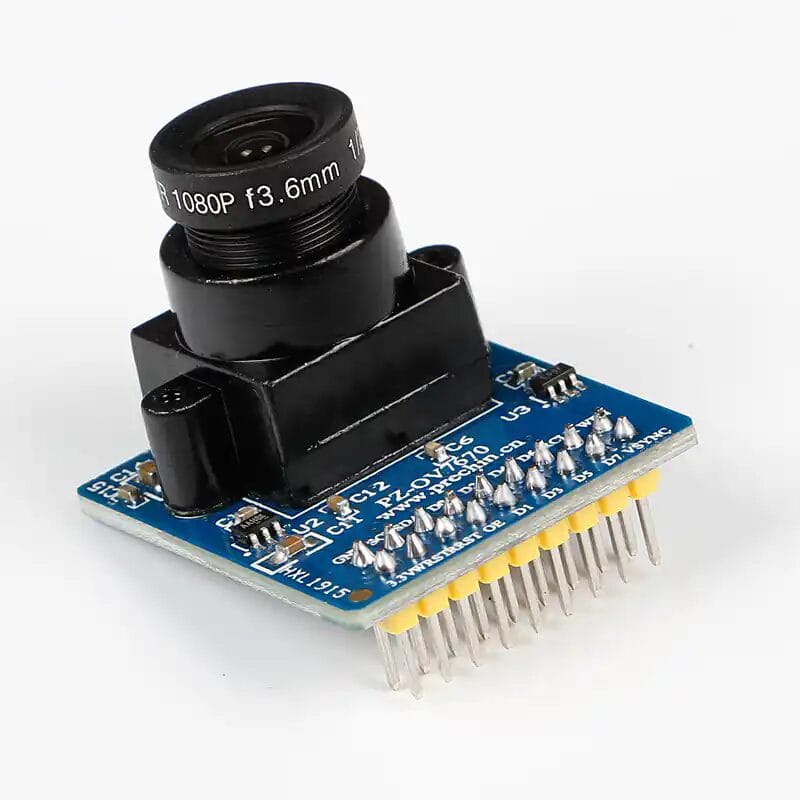The principle of high pixel camera module is mainly based on optical imaging and digital signal processing technology. The following is a detailed explanation of the principle of the high pixel camera module:
VOALOHANY, optical imaging principle
family:
The lens is the optical component of the camera module that receives and focuses light onto the image sensor.
Lens quality, focal length, aperture and other factors will affect the image quality.
High pixel camera modules are usually equipped with high quality lenses to ensure that more detail can be captured.

Iris Diaphragm:
The aperture is a mechanical device inside the lens that controls the amount of light entering the lens.
By adjusting the size of the aperture, you can change the amount of light entering the camera, so as to adjust the brightness and depth of field of the image.
Depth of Field:
When an object is clearly focused, everything from a certain distance in front of the object to a certain distance behind it is also quite clear.
The depth of field depends on the focal length of the lens, the aperture and the shooting distance.
FAHAROA, digital signal processing principle
Image Sensor:
The image sensor is the core component of the high pixel camera module, which is responsible for converting optical images into electrical signals.
Common image sensors are CCD(charge-coupled device) and CMOS(complementary metal oxide semiconductor).
High pixel camera modules typically employ high-resolution image sensors to capture more image detail.
Analog-to-Digital Conversion (ADC) :
The electrical signal output by the image sensor is an analog signal, which needs to be converted into a digital signal through analog-to-digital conversion.
The precision and speed of analog-to-digital conversion will affect the clarity and real-time of the image.
Image Processor:
The image processor is responsible for processing the digital signal output by the image sensor, including denoising, enhancing, compression and other operations.
High pixel camera modules are usually equipped with high-performance image processors to provide high-quality image processing effects.
Digital Signal Processor (DSP) :
DSP is another important part of the camera module, which is responsible for further processing the digital signal output by the image processor and converting it into standard image formats (such as GRB, YUV, Sns).
DSP is also responsible for image autofocus, optical zoom, digital zoom and other functions.
FAHATELO, the realization of high pixels
Sensor size and pixel density:
The larger the sensor size, the more pixels it can hold, providing higher resolution.
Pixel density (i.e. the number of pixels per unit area) is also an important factor affecting resolution.
Advanced manufacturing process:
With the advancement of semiconductor manufacturing processes, the pixel size of image sensors continues to shrink while maintaining or even improving image quality.
This allows the high pixel camera module to achieve higher resolution in a smaller size.
Image optimization algorithm:
Through the advanced image optimization algorithm, the clarity and detail of the image can be further improved.
These algorithms include denoising algorithm, sharpening algorithm, color correction algorithm and so on.
In summary, the principle of high pixel camera module involves two aspects: optical imaging and digital signal processing. Through high-quality lenses, high-resolution image sensors, high-performance image processors and DSPS, as well as advanced manufacturing processes and image optimization algorithms, the high pixel camera module can achieve high-quality imaging effects.
